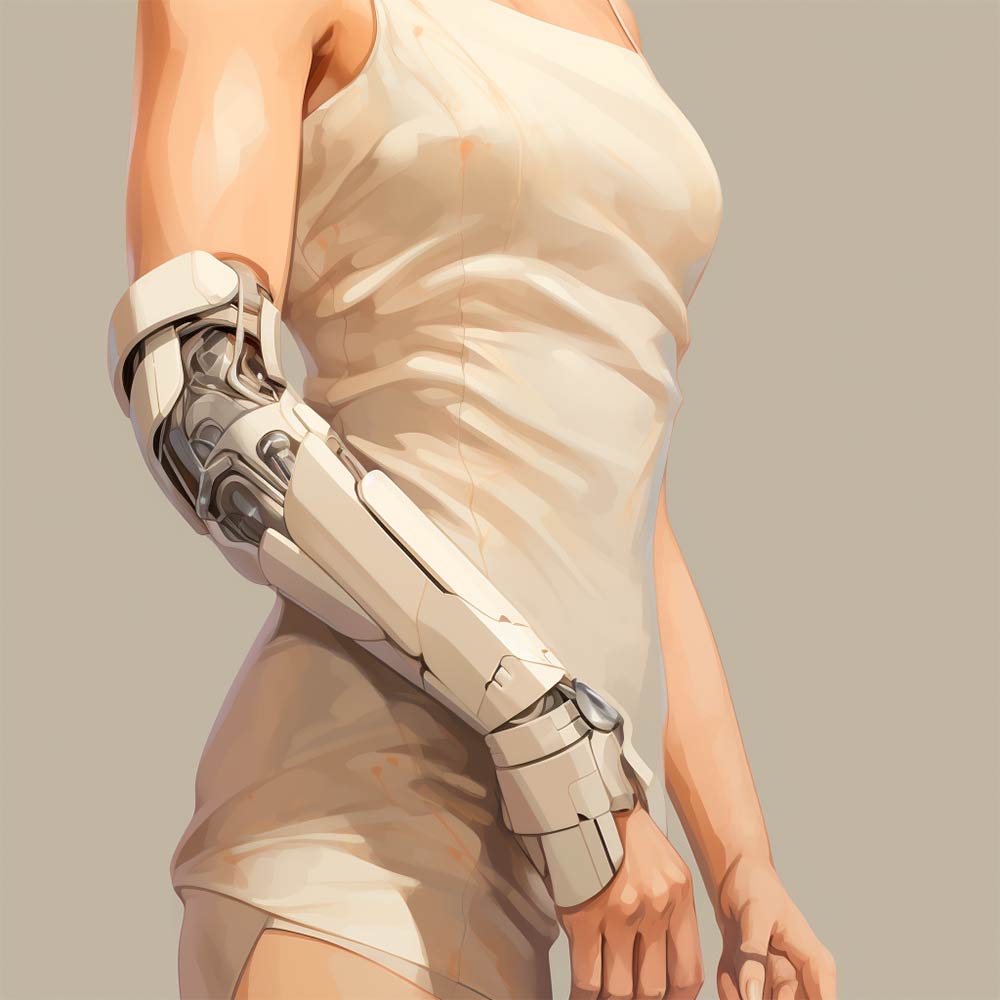Nanotextures solve a historic problem
Nanotexturing that prevents scale forming on the inside of pipes can reduce plant maintenance costs significantly
Enabling individuals with limited mobility to walk again and construction workers to effortlessly lift up to 200 pounds are some applications of this technology.
Technology fundamentally serves as an amplifier of human capabilities. Take the telephone, extending our voices across distances, or the swiftness of a train compared to walking. In line with this concept, a robotic exoskeleton stands as a direct enhancement of human abilities, enabling users to lift heavier loads, surmount locomotor constraints, or execute tasks more swiftly. The technology holds promising potential, as projected by the consulting firm ABI Research, estimating a market value of $7.3 billion by 2030.
The latest breakthrough arises from the researchers at Simon Fraser University in Canada, unveiling a human exoskeleton capable of deciphering brain waves and translating them into physical movement. Notably, a woman paralyzed in both legs since 2015 was able to walk again after years confined to a wheelchair. Will such transformative applications become more prevalent in the near future? What trajectory lies ahead for this evolving technology?
This article covers the following topics:
Technically, it’s a wearable mechanical device designed to enhance physical capabilities externally, aimed at preventing injury, augmenting strength, or improving mobility. Its name stems from its resemblance to an external skeleton, akin to the protective shells in invertebrates like underwater arthropods or land-dwelling Coleoptera.
In the animal kingdom, the term “exoskeleton” is often applied to invertebrates such as arthropods in the underwater world or Coleoptera on land. In their case, it is a shell that protects soft tissues from predators or the elements.

Along with the type of material they are made of - soft, rigid or hybrid - these devices can be classified according to the part of the body they assist:
Although there are also passive devices, i.e., without energy of their own, the focus here is on active exoskeletons, which are usually equipped with motors, sensors, and control systems that respond to the user’s movements, assisting as needed. To achieve this, they use hydraulic and pneumatic systems, as well as servomotors. In addition, thanks to the use of batteries, they can offer an autonomy of several hours.
As technology advances, exoskeletons are evolving to become lighter, more efficient, and more versatile. Especially full-body models, which, for now, are the most bulky. Thus, they are expected to join smart textiles to help users daily.
Despite being in its early stages, human exoskeleton technology demonstrates significant potential across various sectors:
The initial cost of robotic exoskeletons, primarily intended for healthcare and industry, ranges from $5,000 for passive models to $100,000 for advanced full-body models. However, as the technology matures, costs are expected to decrease, aligning with the projections of the consulting firm mentioned earlier. Perhaps, in the not-so-distant future, exoskeletons will transition from being a niche technology to a commonplace tool, akin to cell phones or augmented reality glasses.
Source:
All fields are mandatory.
Read the most discussed articles
{{CommentsCount}} Comments
Currently no one has commented on the news.
Be the first to leave a comment.
{{firstLevelComment.Name}}
{{firstLevelComment.DaysAgo}} days ago
{{firstLevelComment.Text}}
Answer{{secondLevelComment.Name}}
{{secondLevelComment.DaysAgo}} days ago
{{secondLevelComment.Text}}